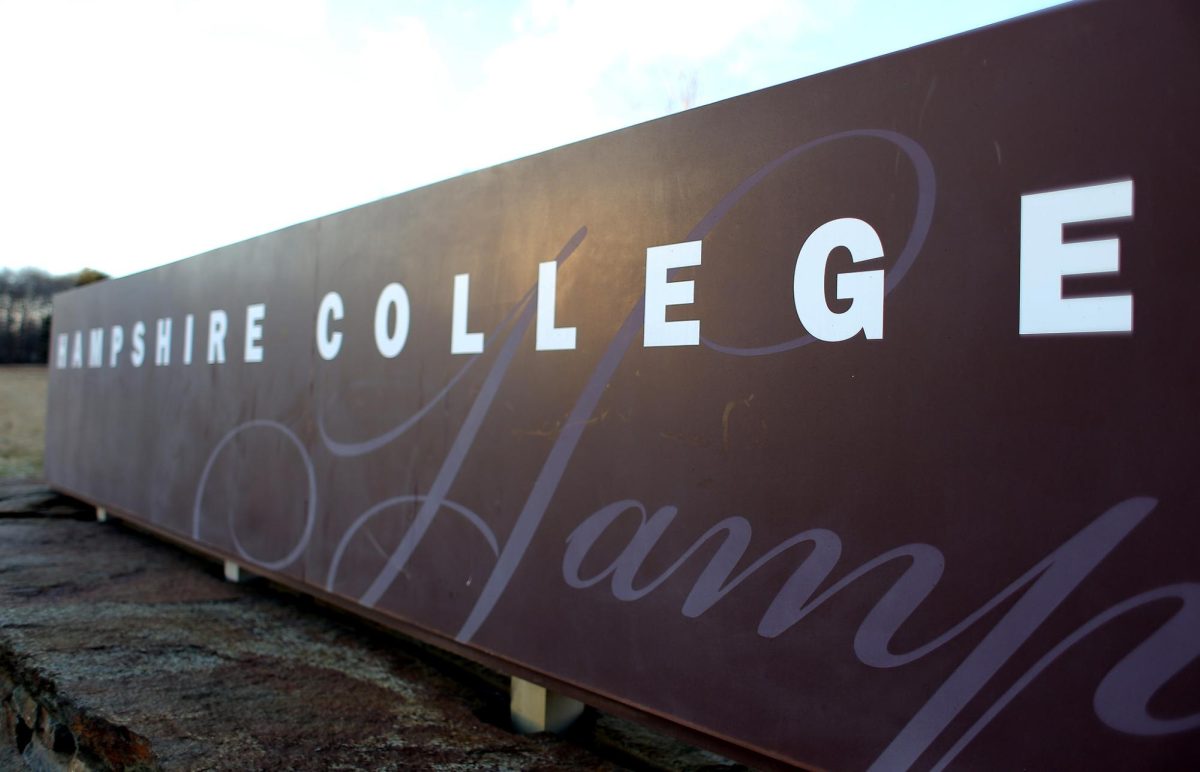
Managing contractors of the University of Massachusetts Building Authority have struggled to meet affirmative action employment goals set out by the state of Massachusetts.
According to information released by the Design, Construction and Compliance working group, state institutions are encouraged to employ 6.9 percent female constructions workers and 15.3 percent minority workers.
By contrast, construction sites at UMass currently average 2.4 percent women and 17.9 percent minority workers, according to project-to-date figures released by the working group on Wednesday, Feb. 10. These numbers change each month as workers join and leave the sites.
“Most of the contractors are doing well with regard to minorities,” said Maggie Drouineaud, compliance analyst for UMBA, in a phone interview. “Trying to get more women in is the big thing now.”
One way Drouineaud seeks to address this is through advertising. A banner near the South College Academic Facility on campus encourages women and minority workers to apply for work. She says that displaying the University’s interest in hiring women and minorities may help the contractors reach employment goals.
“Waiting for women to show up is not going to get us women. We’ve been doing that for years,” said Elizabeth Skidmore, a business representative and organizer with the New England Regional Council of Carpenters, who spoke at the Feb. 10 working group.
Skidmore cites the issue of “social pressure against girls and women going into these trades,” who often have no support from parents or guidance counselors to pursue non-academic professions.
The Old Chapel renovation managed by Barr & Barr construction is a prime example of contractors’ greater difficulty hiring women than minorities. To date, the site has employed 23.7 percent minorities, well above the hiring guideline. However, only 2.3 percent of the workers were women, less than half of the goal.
Additionally, the Design Building has employed three percent women and 14 percent minorities to date, and the South College project has employed two percent women and 16 percent minorities.
The state authority that sets the goals is the Supplier Diversity Office, formerly known as the State Office for Minority and Women Business Assistance.
According to the state-run website, the SDO works to “provide ever-increasing value to the Massachusetts economy” through affirmative action and can certify companies as a Minority Business Enterprise, a Women’s Business Enterprise or a Minority and Women’s Business Enterprise. UMass has had the SDO’s guidelines in place since 2011.
Individual construction management companies contracted by the UMBA must uphold the state goals. Companies not hiring to satisfaction may be barred from bidding on future UMass projects, UMBA representatives said at the working group.
A different general contractor manages each project, employing various subcontractors beneath them. Each project has its own M/WBE compliance manager from within the company, as well as the UMBA’s oversight, to see that the policies are followed.
Of the three contractors currently working on the UMass campus that submitted employment data in time for the Feb. 10 working group, all three fell below the target in minority hiring and two fell below the target with female hiring in January. Whiting-Turner, which oversees construction of the new Physical Sciences Building, did not attend the working group.
In the month of January, the Old Chapel renovation employed six percent women and 11.2 percent minorities; the South College site had 4.7 percent women and 8.4 percent minorities; and lastly, the Design Building project, overseen by Suffolk Construction, had eight percent women and nine percent minorities.
It was the only site that met its goal in female hiring for January.
While in January, all three projects had significantly more women working on them than their project-to-date statistics indicate, they also dipped below goals for minority hiring.
“You can’t worry about diversity later,” said Fiore Grassetti at the Feb. 10 working group. Grassetti is a business agent with the International Association of Ironworkers Local 7 union that is associated with UMass construction.
“It has to be on your mind at the start of the job,” he added. “This is not a goal. These are requirements.”
The working group sessions – which was mandatorily attended by about two dozen contractors, union representatives and members of the building authority on Feb. 10 – are held monthly to discuss employment progress or setbacks.
Shelby Ashline contributed to this report. Lia Gips can be reached at [email protected].



















Phil • Mar 8, 2016 at 10:03 am
Well Rob, that’s awful close-minded of you. There are, in fact, plenty of women interested in whatever well-paying work they can get. This includes public construction. Your comment reeks of 1980s chauvinism.
Rob • Feb 23, 2016 at 1:05 pm
Why is it important to have more women in construction? Construction is a physically demanding profession that most women aren’t interested in, and aren’t able to perform.
Roger Clegg, Ctr for Equal Opportunity • Feb 23, 2016 at 10:47 am
Federal law — which trumps state and local law — makes it illegal to consider race, ethnicity, and sex in hiring. See Title VII of the 1964 Civil Rights Act, 42 USC 2000e et seq. Someone should challenge these quotas in court. Not to mention, of course, that it is unfair, divisive, and inefficient to hire anyone except the best qualified individual.